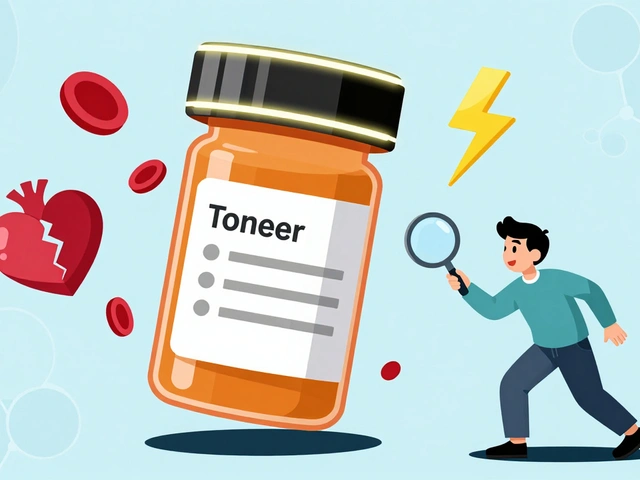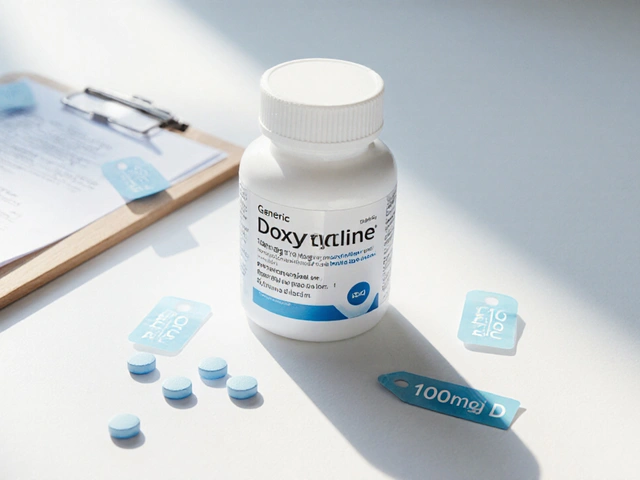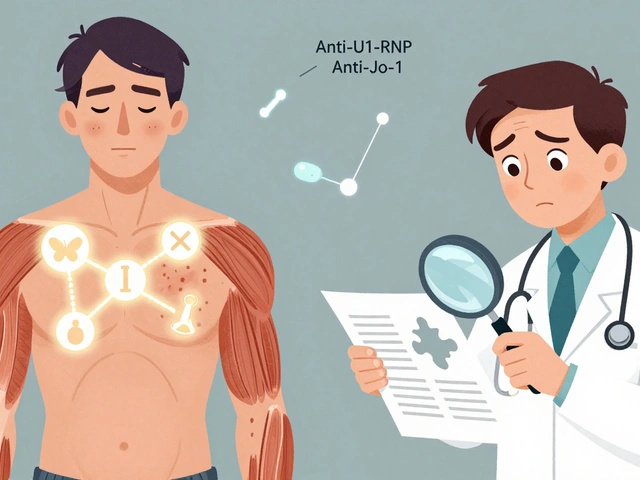Heat Therapy – Simple Ways to Relieve Pain and Boost Healing
Ever felt a sore muscle and just wanted to melt the tension away? That’s what heat therapy does – it sends warmth right where you need it, loosening tight spots and improving blood flow. You don’t need fancy equipment; a hot water bottle, a microwaveable pad, or even a warm towel can work wonders. Below you’ll find easy, everyday ways to use heat safely, plus a few pointers on when to skip it.
Why Heat Helps Your Body
Heat raises the temperature of the tissues underneath the skin. When that happens, blood vessels expand, letting more oxygen‑rich blood reach the area. The extra flow brings nutrients that help repair muscles and joints, while also flushing out waste products that cause soreness. Warmth also relaxes nerve endings, so the brain receives fewer pain signals. In short, heat acts like a gentle massage from the inside.
People often use heat for chronic issues like back pain, arthritis, or stiff necks. It’s also great after a workout to calm down muscles that feel tight. The key is to apply heat long enough to be effective (usually 15‑20 minutes) but not so long that the skin gets burned.
Safe Heat Therapy Techniques
1. Choose the right source. A microwaveable gel pack is quick and stays warm for about 20 minutes. A warm towel soaked in hot water works just as well for smaller spots. If you like a steady heat, a low‑setting electric heating pad does the trick.
2. Test the temperature. Before you put anything on your skin, press it against the inside of your wrist. It should feel comfortably warm, not scalding. If it feels too hot, let it cool a minute or add a thin cloth as a barrier.
3. Keep it moving. For sore muscles, gently massage the heated area in circular motions. This helps the heat penetrate deeper and promotes circulation.
4. Time it right. Set a timer for 15‑20 minutes. After the session, give your skin a few minutes to return to normal temperature before re‑applying heat. Over‑heating can cause redness, blistering, or increased inflammation.
5. Know when to skip heat. If the injury is fresh (within the first 48 hours) or you notice swelling, use ice instead. Heat can make swelling worse. Also, avoid heat if you have conditions like diabetes, peripheral neuropathy, or open wounds – the skin may not sense burning properly.
Putting these steps together creates a routine that’s easy to follow. For example, after a long bike ride, grab a microwaveable pad, heat it for a minute, test it on your wrist, then lay it on your calves for 20 minutes while you watch TV. Finish with a gentle stretch and you’ve helped your muscles recover faster.
Heat therapy isn’t a one‑size‑fits‑all. Some people prefer a warm shower, others like a heated blanket while they read. The common factor is consistent, safe warmth applied to the right area. Experiment with different sources and find what feels best for you.
Remember, the goal is comfort, not discomfort. If you ever feel a sharp pain, dizziness, or skin irritation, stop immediately and let the area cool down. When used correctly, heat therapy is a cheap, drug‑free way to ease pain, increase flexibility, and keep you moving.

How to Use Heat and Cold Therapy for Fast Muscle Stiffness Relief
Learn step‑by‑step how to apply heat and cold therapy to ease muscle stiffness, when to choose each method, safety tips, and a handy comparison table.
View More




